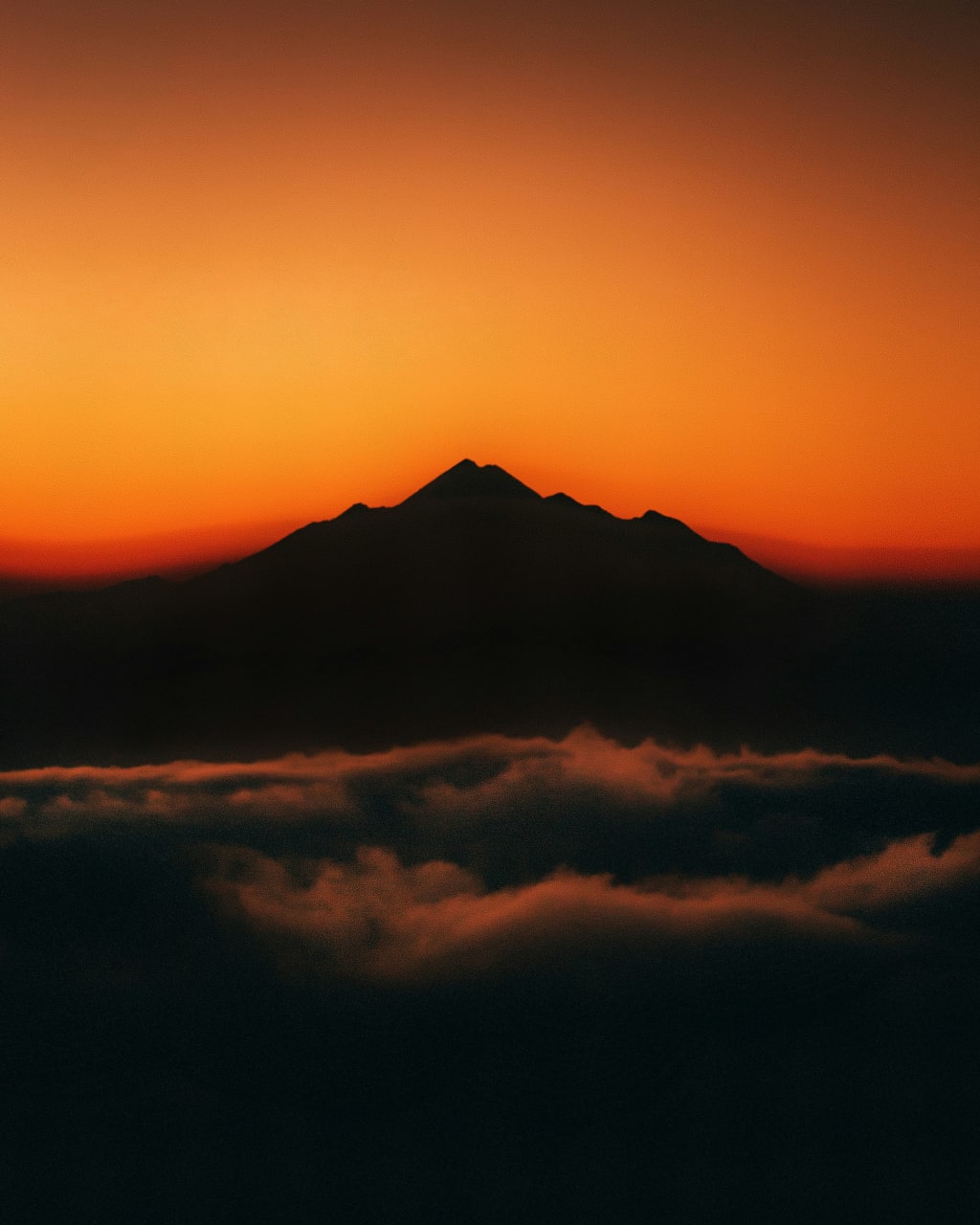The TALLEST Mountain in The SOLAR SYSTEM
The Enormous Size and Unique Formation of Olympus Mons

The highest mountain on Earth is Mount Everest, but this is only true when we measure the height of a mountain above sea level. However, there is a much bigger mountain in the solar system that we can talk about, known as Olympus Mons. It is a volcano located on Mars in the Tharsis region and is the largest mountain in our solar system, about the size of France. The mountain is named after the mountain of the gods in Greek mythology due to its enormous size, which is much larger than the two other big mountains on Mars, both of which are already quite large, with the tallest standing at 16 miles or 25 kilometers high. To give you an idea of just how big Olympus Mons is, it's roughly the same size as the state of Arizona.
Olympus Mons is more than three times taller than Earth's highest peak, Mount Everest. The volcano is about 16.7 miles high, which is more than double the height of the tallest volcano on Earth, Mauna Loa in Hawaii. If you combine all of Hawaii's islands and volcanoes, they would fit inside Olympus Mons.
What's interesting about Olympus Mons is that its peak is above the Martian atmosphere's clouds, which is not the case for any mountain on Earth. It is a shield volcano, which means it does not explosively erupt but allows lava to flow down its sides all the time. This could be one of the reasons why Olympus Mons is so big.
Mars doesn't have tectonic plates like Earth, so volcanoes remain in one place and keep spewing lava slowly and steadily. This causes the lava to build up over time and become part of the planet's surface. The Tharsis Mountains region on Mars has several big volcanoes, including Olympus Mons, which is so tall that dust storms cannot reach its top. Italian astronomer Giovanni Schiaparelli noticed this back in the late 19th century.
Olympus Mons has six calderas, which are collapsed craters stacked one on top of the other. The summit of the volcano has a 53-mile-wide depression, and it has a six-mile-high escarpment around its outer edge, which is as tall as Earth's largest volcano. The volcano sits on top of hot spots, which are continuously spilling out volcanic material. Because of the lack of tectonic plates on Mars, Olympus Mons and the volcanoes surrounding it may still be growing in size. Over time, magma chambers beneath the surface of the volcano emptied of lava and collapsed, causing calderas to appear. Olympus Mons could have a depositary of rock glaciers, which may have formed due to snow and ice deposits in Mars' unique climate.
Mount Olympus is the largest mountain in the solar system. There are other large mounds and mountains in space, but none compare to Mount Olympus in size. For instance, Christmas is a volcano on Tharsis Mountain Marsh, which is the tallest of the three volcanoes and is 11.3 miles high. It was initially mistaken for a large spot in a dust storm and was later discovered to be a giant volcano and renamed. Another large feature is the equatorial ridge of Lapetus, a moon of Saturn that has a ridge that is 12.4 miles high. Scientists are unsure of how the moon got the ridge - some believe it is either a remnant of the moon's original shape or part of a collapsing ring. Finally, Silvia Must is a 13.2-mile-tall mountain located at the center of a 300-mile-wide crater on the asteroid Vesta. Some researchers argue that Rheasilvia is the tallest peak in the solar system.
Olympus Mons is the largest mountain in the solar system, and its sheer size and unique formation make it a fascinating subject of study for astronomers and scientists alike. As we continue to explore the solar system, who knows what other giant mountains or volcanoes we will uncover and learn from in the future?
About the Creator
Abdul Hannan Saif
Blogger | Writer | Explorer | wish to inspire, inform and help others to see fascinating discoveries and live a fulfilled life!






Comments
There are no comments for this story
Be the first to respond and start the conversation.